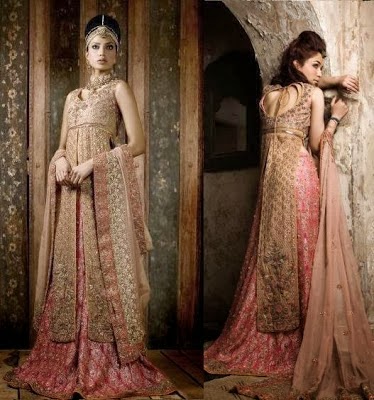Lumaca Film is an Italian film production house
located in Italy.
As stated in their website:
"Lumaca Films seize fragments of reality to create beautiful lasting images. We give life to dreams and ideas, thoughts become eternal and play havoc with the laws of time.
Lumaca Film is an independent film production
company founded by Francesco Zucchi and Lu Pulici in 2013 in Pennabilli,
a small village in Emilia Romagna, Italy.
We make films, music videos and advertisements.
Simply we tell stories, and endeavor through images to show the fleeting
yet immortal life of Beauty."
Above you can see their clever, unique logo. To visit their website just click on the logo.
The Production crew is made up of International professions, each with a passion to create and place their stories, and city on the big screen for all to see!
Their first short film has won numerous awards in various film festivals around the world. The entire film, Piove (It's Raining), contained a crew including actors/actresses who live in Pennabilli, Italy.
Recently Lumaca Film have a crowd funding campaign to raise money for their second film production, Nevica (It's Snowing).




























